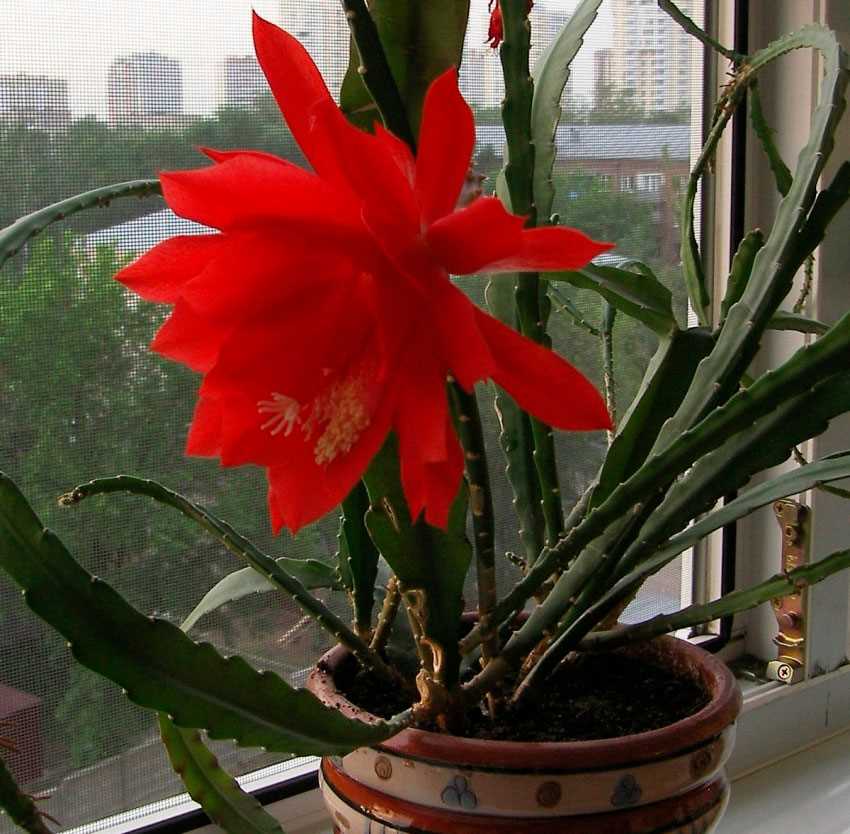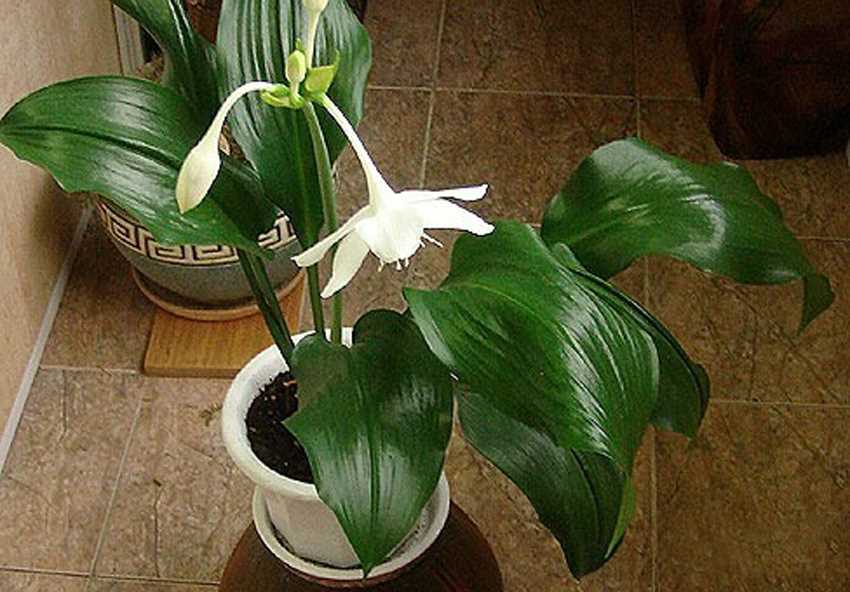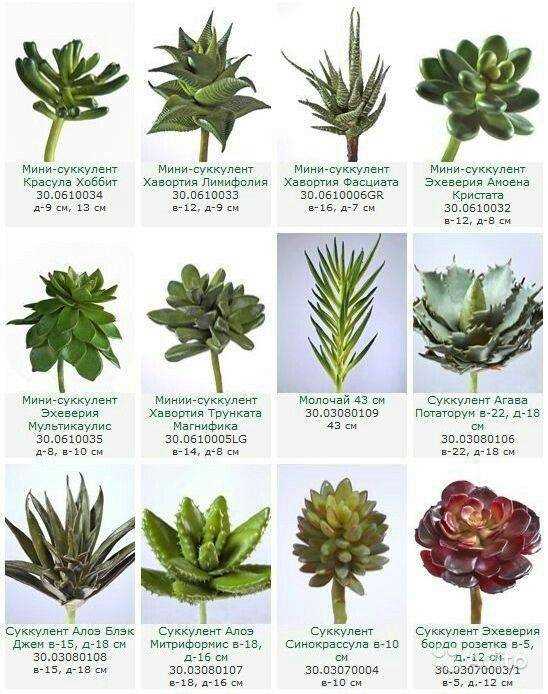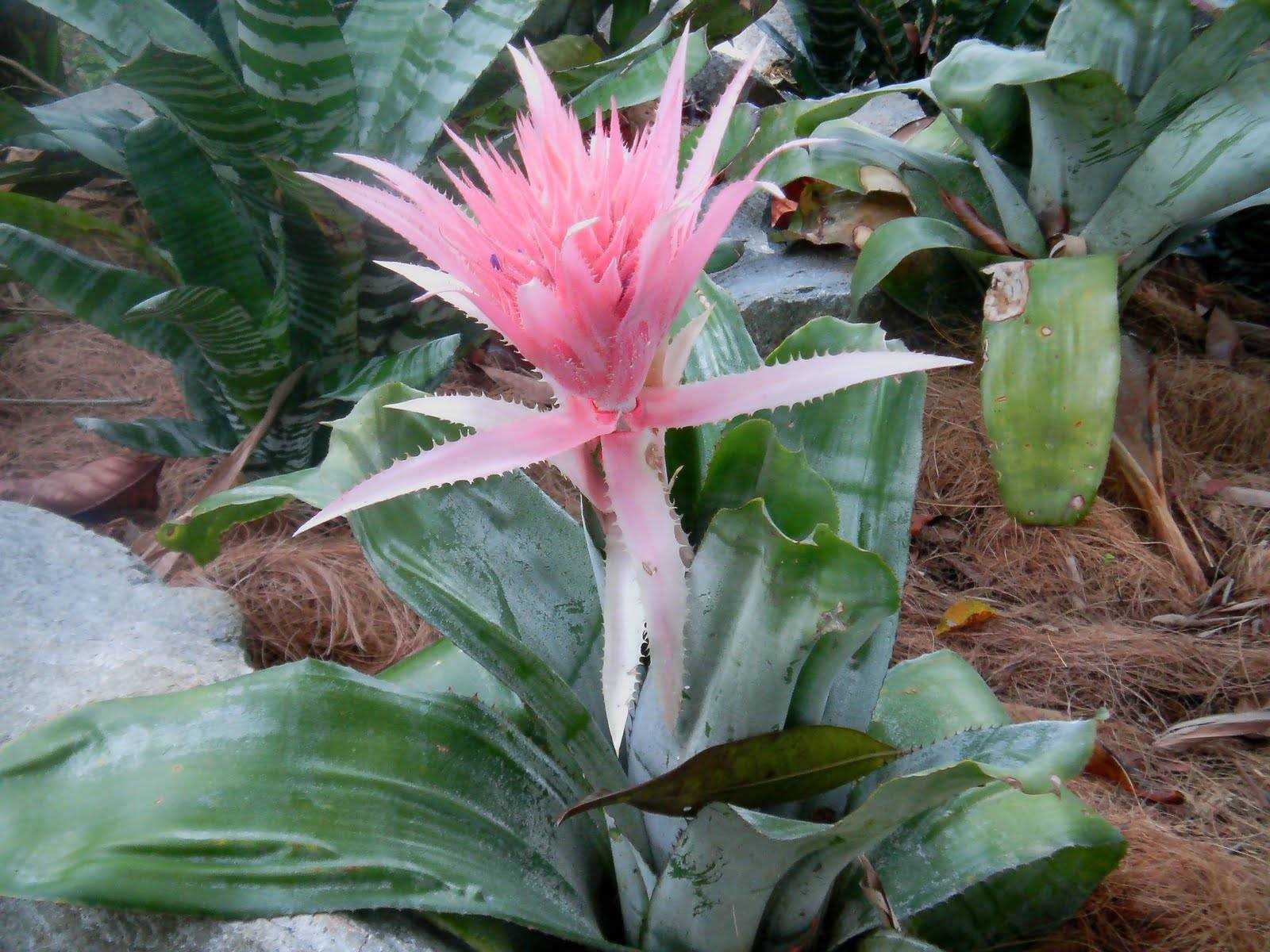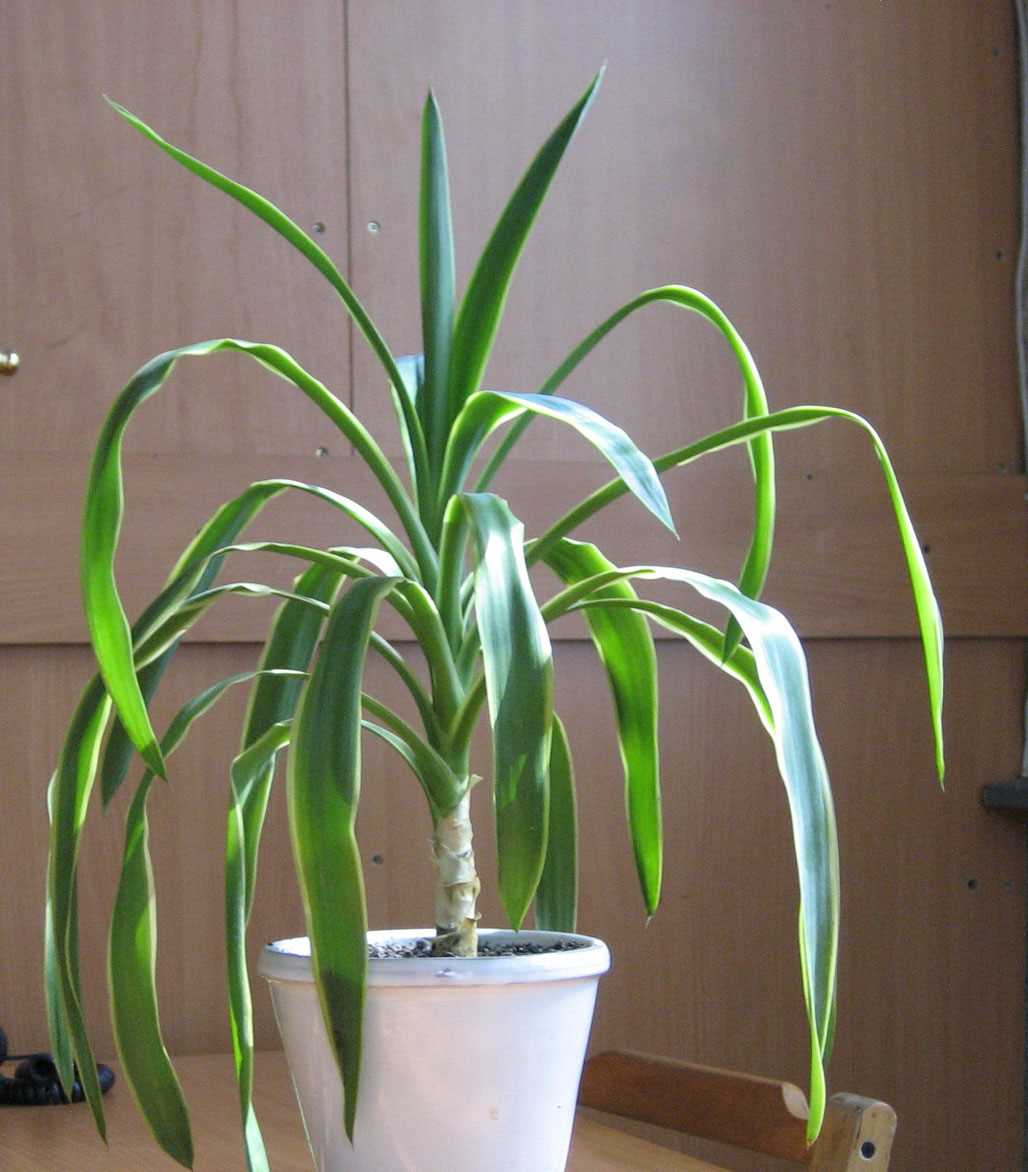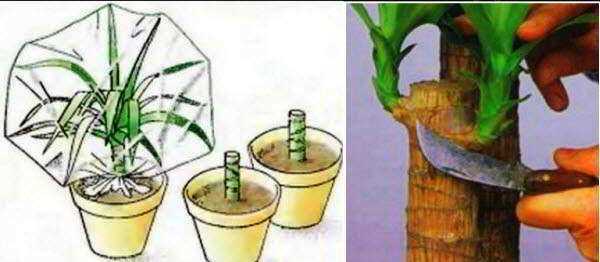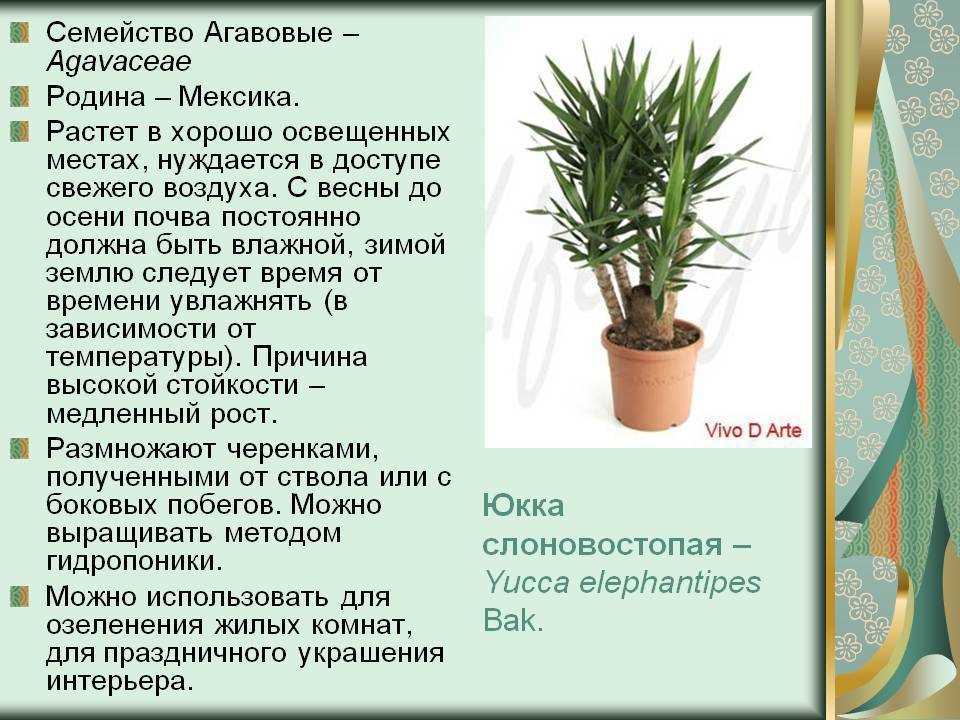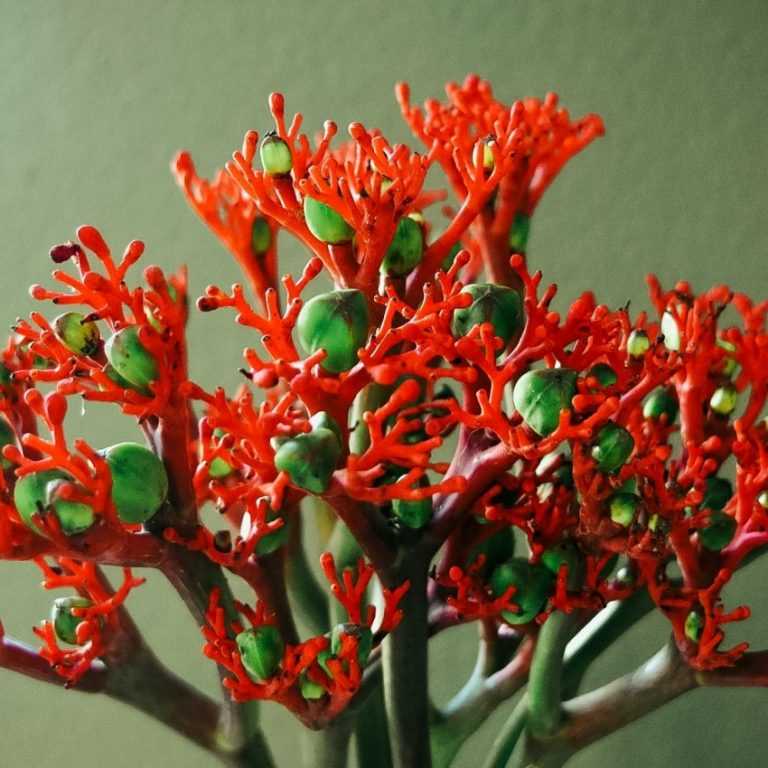- Укоренение черенка лимона
- Процесс укоренения черенка лимона
- Подготовка перлита
- Уход за черенком лимона
- Выбор перлита для укоренения
- Подготовка черенка лимона к укоренению
- Выбор правильного черенка
- Подготовка черенка
- Обработка черенка
- Укоренение черенка
- Лимонные сорта для укоренения в комнатных условиях
- 1. Меццо лимон
- 2. Лимон Амальфитанский
- 3. Лимон Лиссабонский
- Уход за черенками лимона
- Особенности приживаемости черенков лимона
- Выбор черенков
- Подготовка черенков и перлита
- Посадка и уход
- Полив черенков лимона в перлите
- Укрепление и обрезка черенков лимона
- Подготовка почвы для посадки черенков лимона
- Выбор подходящей почвы
- Подготовка почвы
- Создание благоприятных условий
- Как пересаживать черенки лимона в горшки
- Выбор подходящего горшка
- Подготовка горшка и почвы
- Пересадка черенка
- Вопрос-ответ:
- Какой сорт лимона можно укоренить в перлите?
- Как укоренить черенок лимона в перлите?
- Какая температура воздуха нужна для успешного укоренения черенка лимона в перлите?
- Какие преимущества есть у использования перлита для укоренения черенка лимона?
- Сколько времени обычно занимает укоренение черенка лимона в перлите?
Цитрусовые растения всегда ассоциируются с теплом и солнцем. Однако не всегда у нас есть возможность выращивать их в открытом грунте. Но не стоит отчаиваться! Лимон можно успешно укоренить и получить здоровое растение прямо у себя дома. Особенно хорошо черенок лимона приживается в перлите – легком, воздухопроницаемом и водоемком материале.
Укоренение черенка лимона в перлите – процесс не сложный, но требующий определенной подготовки. В первую очередь, нужно выбрать здоровый черенок, длиной примерно 15–20 сантиметров, с несколькими узлами. Удаляем все листья, оставляя только один верхний — он поможет черенку превратиться в крепкое растение.
Перед тем, как начать процесс укоренения, необходимо немного подготовить перлит. Материал – практически неживой, поэтому промываем его в подогретой воде и добавляем небольшое количество удобрения для кактусов. Помещаем перлит в контейнер, устанавливаем черенок лимона, так чтобы концы погрузились на 2–3 сантиметра.
Затем следует установить контейнер с черенком в теплое и светлое место, но защищенное от прямых солнечных лучей. Важно поддерживать оптимальный уровень влажности в перлите для успешного укоренения.
Следует помнить, что этот процесс потребует терпения и внимания. Через несколько недель можно ожидать первые корни, а через месяц-полтора можно пересадить укорененный черенок лимона в постоянный горшок с питательным грунтом. Раз в неделю поливаем и обязательно обрабатываем от вредителей.
Укоренение черенка лимона
Укоренение черенка лимона – важный этап при размножении растения. Черенок – это отрезок побега с несколькими почками, который вырезают из зрелой ветви. Процесс укоренения черенка лимона в перлите является одним из самых эффективных и простых.
Перлит – это материал, созданный из вулканической лавы. Его особенностью является пористая структура, которая обеспечивает хорошую вентиляцию корней и удерживает влагу.
Для укоренения черенка лимона в перлите следует подготовить оптимальные условия. Важно выбрать здоровый черенок без повреждений и с несколькими почками. Черенок помещают во влажный перлит таким образом, чтобы одна его почка оказалась над поверхностью грунта. Затем контейнер с черенком устанавливают в теплое и светлое место.
Регулярное поливание черенка является важным условием успешного укоренения. Перед каждым поливом дождитесь, пока верхний слой перлита подсохнет немного. Вода должна обеспечивать достаточно влаги, но не должна переувлажнять почву. Укоренение черенка лимона может занимать до двух месяцев, поэтому необходимо быть терпеливым и следить за состоянием растения.
Когда черенок лимона закоренится, его можно пересадить в горшок с питательной почвой и продолжить ухаживать за ним, обеспечивая регулярный полив и достаточное освещение. Черенок лимона, укоренившийся в перлите, хорошо приживается в комнатных условиях и может радовать своими плодами в течение нескольких лет.
Процесс укоренения черенка лимона
Укоренение черенка лимона в перлите – это простой и эффективный способ получения нового растения. Для начала процесса укоренения нужно выбрать зрелый и здоровый черенок лимона длиной примерно 10 см.
Перед посадкой черенка в перлит нужно удалить все лишние листья, оставив только верхний приросший росток. Это позволит ускорить процесс образования корней. Также стоит отрезать нижнюю часть черенка под углом 45 градусов и обработать его корневым стимулятором.
Подготовка перлита
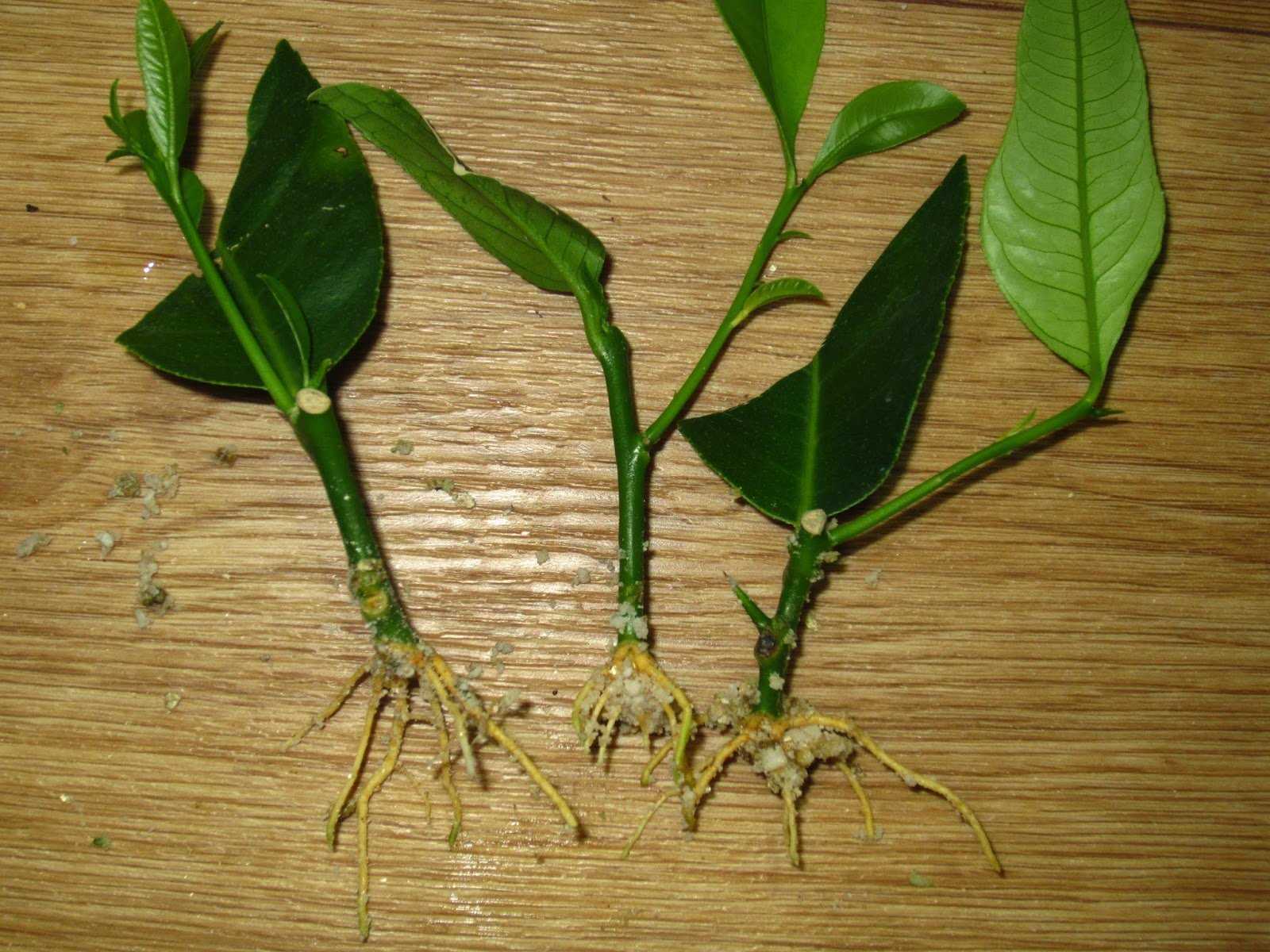
Перед посадкой черенка в перлит, необходимо его подготовить. Перлит содержит в себе множество мелких пористых частиц, которые обеспечивают хорошую воздушность корневой системы. Перед использованием перлит нужно промыть и обработать кипятком для дезинфекции.
Затем перлит высыпают в горшок, укладывая его слоем примерно 5 см. В центре горшка делают небольшую ямку, в которую помещают черенок лимона. Корневой стимулятор также можно добавить в ямку с черенком для лучшей прорастания корней. После этого ямку присыпают перлитом так, чтобы черенок был покрыт сверху на 3-5 см.
Уход за черенком лимона
После посадки черенка лимона в перлит нужно обеспечить правильный уход. Горшок с черенком помещают на светлое место, но избегают прямого солнечного света. Влажность в горшке следует поддерживать на уровне 60-70%. Периодически нужно опрыскивать листья водой, чтобы поддерживать высокую влажность.
Черенок лимона начнет пускать новые корни через 4-6 недель после посадки. При условии правильного ухода и регулярного полива черенок скоро образует крепкую и здоровую корневую систему. После этого его можно пересадить в постоянное место роста, используя питательную почву для цитрусовых растений.
Выбор перлита для укоренения
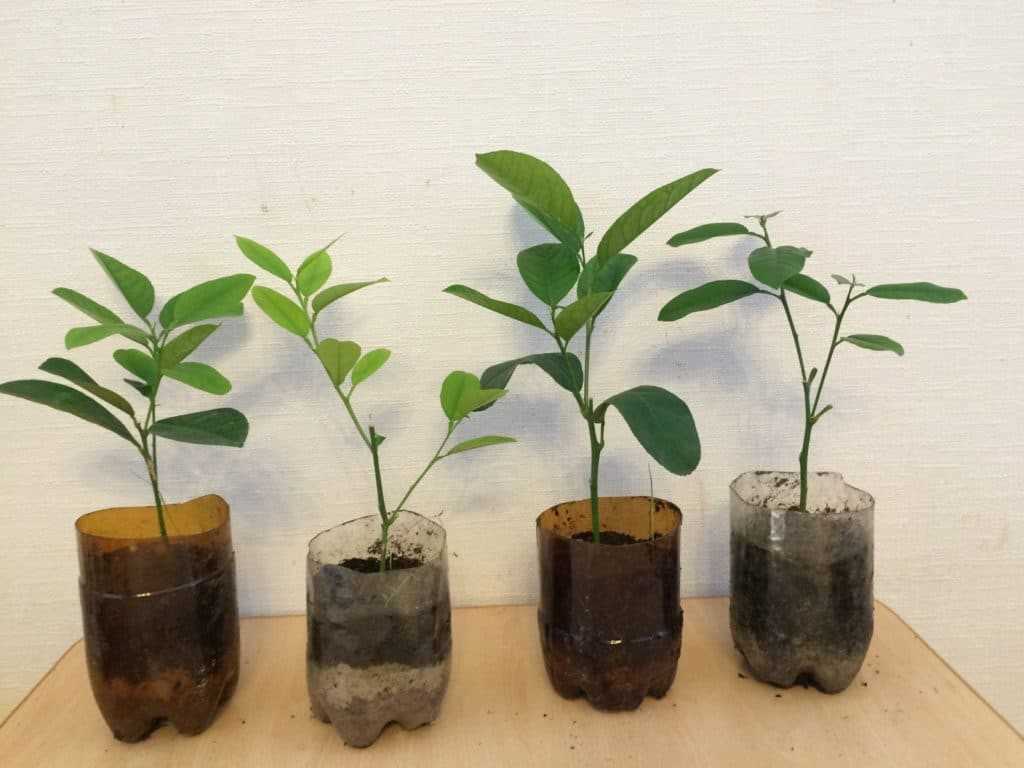
Перлит – это легкое и пористое минеральное вещество, которое широко используется для укоренения растений. Он отличается своей структурой, состоящей из мелких гранул, которые обеспечивают хорошую воздухопроницаемость и водоудержание. Перлит является идеальным выбором для укоренения черенка лимона в домашних условиях.
При выборе перлита следует обратить внимание на его качество и происхождение. Лучше всего выбирать перлит, произведенный из натуральных природных источников, так как он не содержит вредных добавок и химических веществ. Также важно учитывать фракцию перлита – она должна быть подходящей для укоренения черенка лимона.
Перлит обладает хорошими дренирующими свойствами, тем самым предотвращает переувлажнение субстрата, что особенно важно для укоренения черенка лимона. Он также обеспечивает растению необходимую влагу и питательные вещества, благодаря чему черенок лимона будет хорошо приживаться и развиваться.
Итак, для успешного укоренения черенка лимона в перлите необходимо выбирать качественный перлит с подходящей фракцией. Перлит должен быть натуральным и не содержать вредных добавок. Такой перлит обеспечит хорошую воздухопроницаемость, водоудержание и дренаж, что позволит черенку лимона успешно прижиться в комнатных условиях.
Подготовка черенка лимона к укоренению
Подготовка черенка лимона перед процессом укоренения является важным этапом для успешного выращивания растения. Для этого необходимо выполнить ряд действий.
Выбор правильного черенка
Для укоренения черенка лимона необходимо выбрать зрелый и здоровый экземпляр. Он должен иметь прочные веточки и хорошо развитую листву. Также следует убедиться, что черенок не имеет повреждений или признаков болезней.
Подготовка черенка
Перед укоренением необходимо осуществить надлежащую подготовку черенка. Сначала удалите нижние листья, оставив только верхний пучок. Затем обрежьте черенок до 10-15 сантиметров, на конце оставив одну пару листьев. Для более успешного укоренения можно сделать небольшую замочку с двух сторон на нижней части черенка.
Обработка черенка
Для профилактики возможных грибковых и бактериальных инфекций перед укоренением черенок лимона необходимо обработать антисептическим средством. Для этого можно использовать раствор марганцовки или специальные препараты, предназначенные для обработки ран на растениях.
Укоренение черенка
Готовый черенок можно укоренять сразу в перлите или предварительно поместить его в смесь песка и торфа. Для этого укладывайте черенок на глубину около 2 сантиметров, оставляя листья над поверхностью. Черенок лимона быстро приживается в перлите, поэтому укоренение произойдет в течение нескольких недель при правильном уходе и регулярном поливе.
Лимонные сорта для укоренения в комнатных условиях
Укоренение черенка лимона в перлите – это один из наиболее эффективных способов размножения этого плодового дерева для выращивания в комнатных условиях. Однако, не все сорта лимона одинаково подходят для укоренения и выращивания дома.
1. Меццо лимон
Меццо лимон — это один из лучших сортов для укоренения и выращивания в комнате. Он отличается быстрым укоренением в перлите и стабильным ростом даже в непригодных условиях.
У меццо лимона очень яркий и насыщенный вкус, а также кислотность и аромат, что делает его отличным выбором для использования в кулинарии и приготовлении напитков.
2. Лимон Амальфитанский
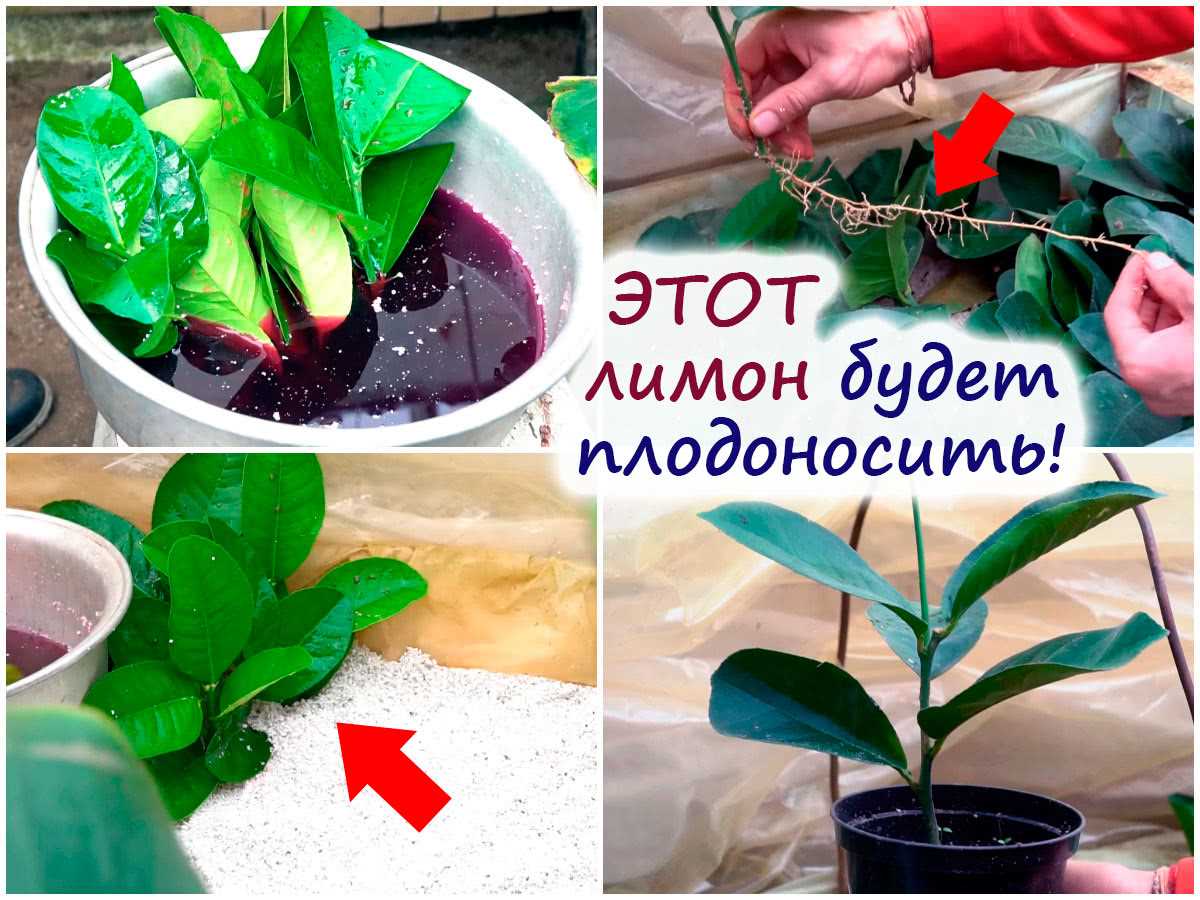
Лимон Амальфитанский — известный сорт лимона, который также подходит для укоренения и выращивания в комнате. Он обладает крупными плодами и уникальным вкусом. Сок амальфитанского лимона отличается высокой кислотностью, что делает его идеальным для использования в кулинарии и приготовлении напитков.
Лимон Амальфитанский прекрасно развивается в комнатных условиях и имеет приятный аромат, который наполняет помещение освежающими нотками цитрусовых.
3. Лимон Лиссабонский
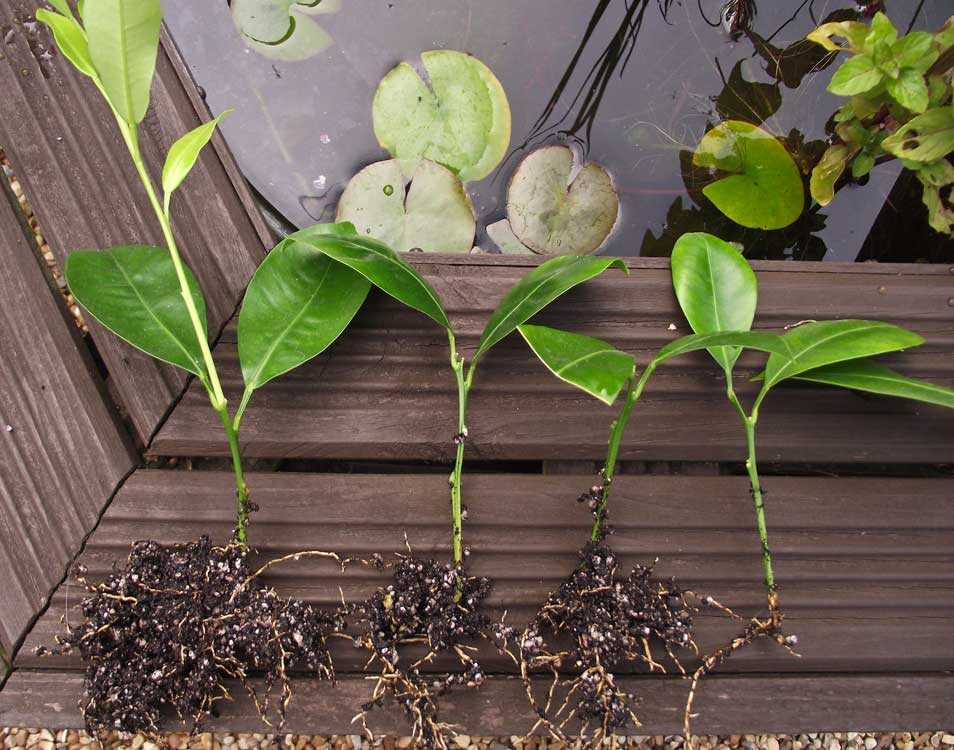
Сорт Лимон Лиссабонский хорошо укореняется и прекрасно растет в комнатных условиях. Он имеет кислый вкус с мягким оттенком, что делает его отличным выбором для приготовления лимонадов и салатов.
Лимон Лиссабонский отличается более мелкими плодами и небольшим размером дерева, что позволяет выращивать его в горшках в домашних условиях.
Важно: При укоренении черенка лимона в перлите необходимо следить за влажностью грунта и освещением. Регулярный полив и достаточное количество света помогут обеспечить здоровый рост и развитие растения.
Уход за черенками лимона
Укоренение черенков лимона в перлите требует некоторого ухода и внимания. При выборе черенков следует ориентироваться на здоровые и сильные побеги. Черенки необходимо обрабатывать перед посадкой, срезая их под углом 45 градусов. Это способствует улучшению контакта с почвой и стимулирует укоренение.
После посадки черенка в перлитовую среду важно обеспечить ему оптимальные условия для развития корней. Однако важно избегать густого уплотнения перлита вокруг черенка, чтобы предотвратить задержку воды и возможное гниение корней.
Так стоп!!! Вы всё ещё не подписаны на наши каналы в Телеграмм и Дзен? Посмотрите: ТГ - (@historyfantasydetectivechat) и Дзен (https://dzen.ru/myshortsstorys)
Умеренный полив является ключевым фактором при уходе за черенками лимона. Не следует перенасыщать перлит водой, чтобы избежать загнивания корней. Оптимальной влажностью субстрата для укоренения черенков является состояние легкого влажного грунта.
Чтобы обеспечить черенкам лимона необходимый уровень освещения, рекомендуется размещать их на хорошо освещенном месте, вдали от прямых солнечных лучей. Черенки лимона нуждаются в ярком свете, что способствует активному росту и развитию корней.
Важно также регулярно проветривать помещение с черенками, чтобы обеспечить достаточный доступ кислорода к корням и предотвратить возможные заболевания. При этом следует избегать сквозняков и резких температурных перепадов, которые могут негативно сказаться на росте и развитии растений.
Особенности приживаемости черенков лимона
Лимон – это один из самых популярных видов цитрусовых, который может быть успешно выращен в домашних условиях. Укоренение черенков лимона в перлите является одним из наиболее эффективных способов размножения этого растения.
Выбор черенков
Перед началом процесса укоренения необходимо правильно подобрать черенки для посадки. Они должны быть зрелыми и здоровыми. Оптимальная длина черенков составляет около 15-20 сантиметров.
Подготовка черенков и перлита
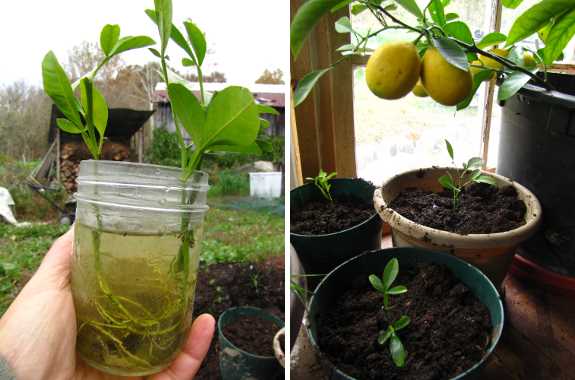
Перед посадкой черенков их необходимо обработать раствором стимулятора корневого образования, чтобы повысить вероятность успешного приживания. Перлит же следует промыть и обеззаразить. Для этого его можно залить кипяченой водой или использовать специальные препараты.
Посадка и уход
Черенки лимона следует посадить в подготовленный горшок с перлитом, оставляя небольшую высоту черенков над поверхностью. После посадки горшок с черенками нужно поместить в пластиковый пакет или накрыть пленкой для создания парникового эффекта и поддержания нужной влажности. Рекомендуется регулярно проветривать укрытие и контролировать уровень влажности в горшке.
При укоренении черенков лимона в перлите важно также следить за температурой: оптимальный диапазон составляет 20-25 градусов Цельсия.
После окончания процесса укоренения черенки лимона можно пересадить в постоянный горшок с питательной почвой для цитрусовых растений. Особенностью приживаемости черенков лимона в перлите является высокая вероятность успешного укоренения и последующего развития растения в домашних условиях.
Полив черенков лимона в перлите
Когда укоренение черенков лимона в перлите, важно обеспечить им правильный полив. Необходимо помнить о том, что перлит не задерживает влагу, поэтому частый и регулярный полив является неотъемлемой частью успешного процесса укоренения.
Интервал полива черенков лимона в перлите должен быть умеренным. Черенки нужно поливать, когда верхний слой перлита начинает высыхать, но стоит избегать его пересушивания. Чтобы определить, когда следует полить черенки, достаточно провести визуальный осмотр и оценить состояние верхнего слоя перлита.
При поливе черенков лимона в перлите необходимо использовать небольшое количество влаги и удерживать влажность на уровне, который обеспечит их рост и укоренение. Оптимальное количество воды можно определить, проследив, чтобы вода просочилась через нижние отверстия горшка и не задерживалась в перлите. Не используйте слишком много воды и не позволяйте лимонным черенкам переувлажняться – это может привести к гниению и гибели растений.
Зимой потребность черенков лимона в воде немного снижается, поэтому поливайте их, когда верхний слой перлита уже полностью высохнет. Важно не переусердствовать с поливом, чтобы не вызвать перенасыщение растения влагой.
Укрепление и обрезка черенков лимона
Укрепление черенков лимона – важный шаг в процессе их развития. После того как черенок образует корни в перлите и начинает активно расти, необходимо обеспечить ему опору, чтобы он не сломался под весом своих листьев и плодов.
Для укрепления черенков лимона можно использовать специальные опоры, которые вкладываются в горшок с растением и поддерживают его стебель. Такие опоры обычно делают из пластика или металла, они легкие, устойчивые и не портятся влагой.
Помимо укрепления черенков, важно также проводить обрезку и формирование кроны лимона. Обрезка позволяет создать правильную форму растения и придать ему компактность. Для обрезки лимона используют остро заточенные садовые ножницы, которыми аккуратно удаляют лишние ветви и отводы. При обрезке необходимо оставлять основные ветви, которые образуют каркас растения.
Обрезку лимона рекомендуется проводить после цветения и до появления новых плодов. Таким образом, можно сформировать крону растения и обеспечить его корректный рост и развитие. Важно помнить, что обрезка лимона должна быть аккуратной и не ранить основные ветви, чтобы не нарушить питание и циркуляцию соков в растении.
Подготовка почвы для посадки черенков лимона
Правильная подготовка почвы является ключевым моментом успешного укоренения черенков лимона. Для этого необходимо учесть несколько важных факторов.
Выбор подходящей почвы
Для посадки черенков лимона рекомендуется использовать легкую плодородную почву с хорошей дренажной способностью. Идеальным вариантом будет использование специализированной смеси, содержащей перлит и торф. Перлит обеспечивает хорошую воздухопроницаемость и улучшает дренаж, а торф сохраняет влагу и обеспечивает достаточное питание растения.
Подготовка почвы
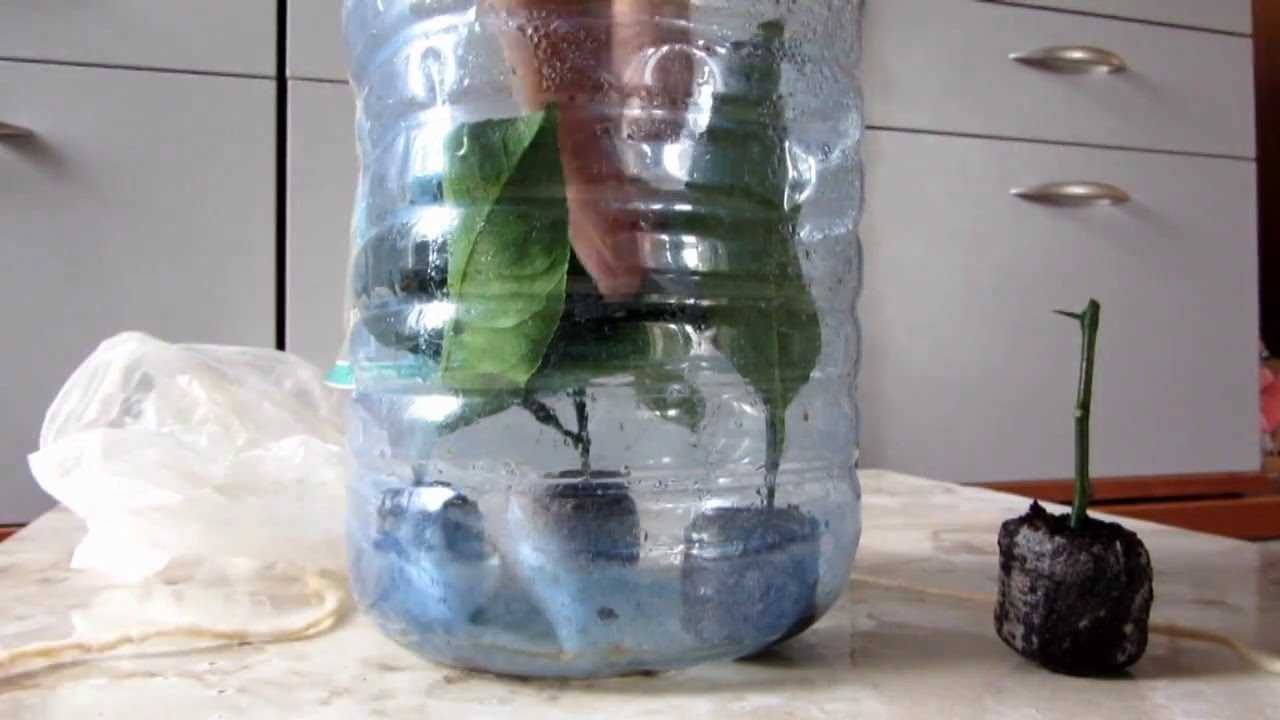
Почву для посадки черенков лимона необходимо предварительно подготовить. Для этого следует просеять смесь через сито с мелкими ячейками, чтобы удалить крупные комки и сор. Затем почву следует промыть и оставить высохнуть для удаления излишней влаги.
Указание: Перед использованием смеси рекомендуется дезинфицировать ее, обработав ее кипятком или раствором марганцовки для предотвращения развития возможных заболеваний и вредителей.
Создание благоприятных условий
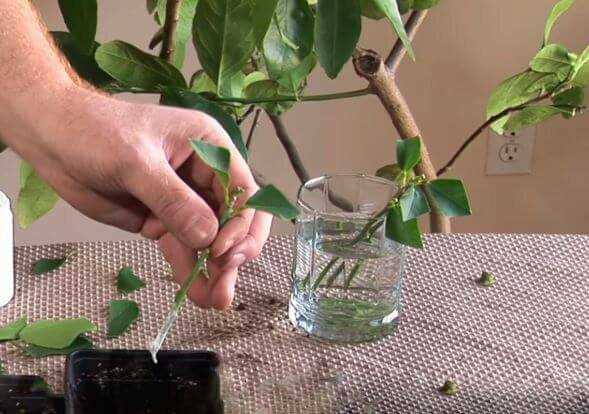
Для укоренения черенков лимона необходимо создать благоприятные условия, включающие в себя правильное освещение, температуру и влажность. Растение нуждается в ярком, но рассеянном свете, поэтому рекомендуется установить горшок с черенком в хорошо освещенном месте, но защищенном от прямых солнечных лучей.
Температура для укоренения черенков лимона должна быть в пределах 20-24 °C. Важно поддерживать стабильную влажность воздуха, оптимальный уровень которой составляет около 60-70%. Для этого можно использовать метод обильного опрыскивания или установить дополнительный увлажнитель в помещении.
Как пересаживать черенки лимона в горшки
Пересадка черенков лимона в горшки – это важный этап их укоренения и дальнейшего роста. Чтобы процесс пересадки прошел успешно и черенки хорошо прижились, следует придерживаться нескольких правил.
Выбор подходящего горшка
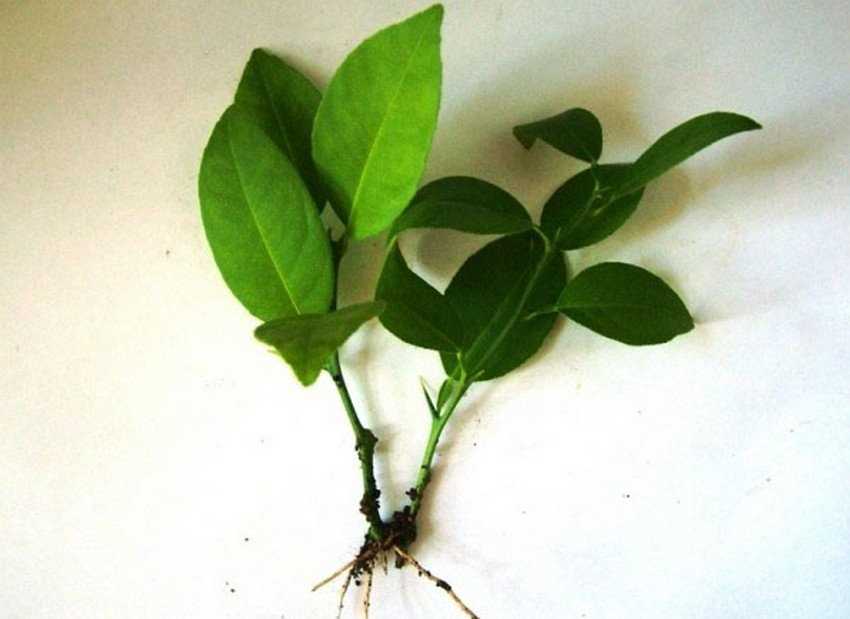
Пересаживать черенки лимона следует в горшки, которые подходят по размеру и материалу. Горшок должен быть достаточно просторным, чтобы корни черенка имели свободное место для роста. Он также должен иметь отверстия для отвода лишней влаги.
Подготовка горшка и почвы
Перед пересадкой в горшок необходимо подготовить грунт. Лучше выбирать легкую и плодородную почву с хорошим дренажем. Перед укладкой почвы в горшок можно добавить немного перлита для улучшения дренажа и предотвращения гниения корней.
Также рекомендуется подложить вниз горшка слой керамзита или гравия, чтобы обеспечить хорошую вентиляцию корневой системы черенка лимона.
Пересадка черенка
Перед пересадкой необходимо хорошо укоротить корни черенка лимона, чтобы они поместились в горшок. Острыми ножницами можно срезать мелкие корни, оставив только крупные и здоровые.
Затем черенок аккуратно помещается в центр горшка и заполняется грунтом так, чтобы все корни были покрыты почвой. Грунт можно немного придавить руками, чтобы исключить пустоты и обеспечить хороший контакт между корнями и почвой.
После пересадки черенок лимона следует хорошо полить и поставить горшок на светлое место. Уход за пересаженными черенками включает регулярное поливание, подкормку и поддержание оптимальной температуры и влажности воздуха.
Следуя этим простым советам, вы сможете успешно пересадить черенки лимона в горшки и обеспечить им благоприятные условия для роста и развития.
Вопрос-ответ:
Какой сорт лимона можно укоренить в перлите?
Лимон сорта, который хорошо приживается в комнатных условиях, может быть укоренён в перлите.
Как укоренить черенок лимона в перлите?
Для укоренения черенка лимона в перлите необходимо подготовить почву, создать благоприятные условия для корней, а также обеспечить регулярный полив и защиту от прямого солнечного света.
Какая температура воздуха нужна для успешного укоренения черенка лимона в перлите?
Температура воздуха для успешного укоренения черенка лимона в перлите должна быть примерно 20-25 градусов Цельсия.
Какие преимущества есть у использования перлита для укоренения черенка лимона?
Перлит позволяет достичь хорошей воздухопроницаемости и дренирования, что способствует успешному укоренению черенка лимона. Он также имеет нейтральный pH, не содержит вредных веществ и бактерий, что повышает шансы на успешное приживание растения.
Сколько времени обычно занимает укоренение черенка лимона в перлите?
Укоренение черенка лимона в перлите обычно занимает около 2-3 недель. Однако, это может различаться в зависимости от условий выращивания и сорта лимона.

